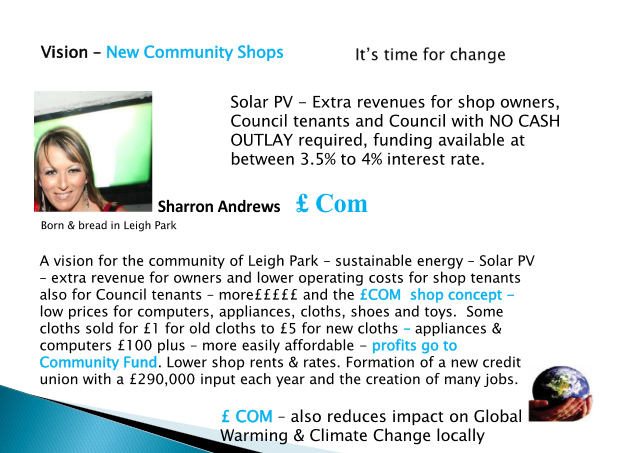|
Sub-Saharan Africa

Dark and lighter green: Definition of "Sub-Saharan Africa" as used in the statistics of the UN institutions.
Lighter green: However, Sudan is classified as North Africa by the United Nations.[1]


Simplified climatic map of Africa: Sub-Saharan Africa consists of the Sahel and the Horn of Africa in the north (yellow), the tropical savannas (light green) and the tropical rainforests (dark green) of Equatorial Africa, and the arid Kalahari Basin (yellow) and the "Mediterranean" south coast (olive) of Southern Africa. The numbers shown correspond to the dates of all Iron Age artifacts associated with the Bantu expansion.
Sub-Saharan Africa is, geographically, the area of the continent of Africa that lies south of the Sahara Desert. Politically, it consists of all African countries that are fully or partially located south of the Sahara (excluding Sudan).[2] It contrasts with North Africa, which is considered a part of the Arab world. Somalia, Djibouti, Comoros and Mauritania are geographically part of Sub-Saharan Africa, but also part of the Arab world.[3][4]
The Sahel is the transitional zone between the Sahara and the tropical savanna (the Sudan region) and forest-savanna mosaic to the south.
Since probably the 5.9 kiloyear event,[5] the Saharan and Sub-Saharan regions of Africa have been separated by the extremely harsh climate of the sparsely populated Sahara, forming an effective barrier interrupted by only the Nile River in Sudan, though the Nile was blocked by the river's cataracts. The Sahara Pump Theory explains how flora and fauna (including Homo sapiens) left Africa to penetrate the Middle East and beyond. African pluvial periods are associated with a "wet Sahara" phase during which larger lakes and more rivers exist.[6]
|




